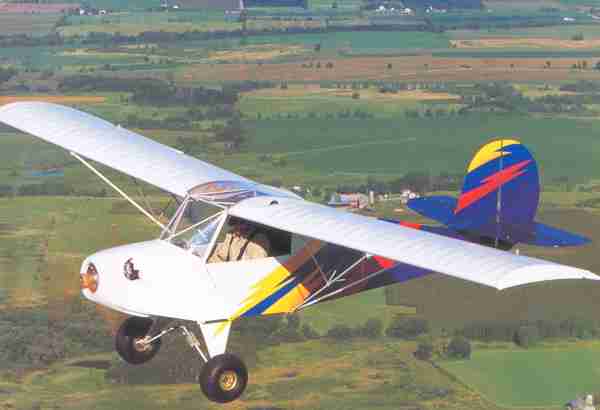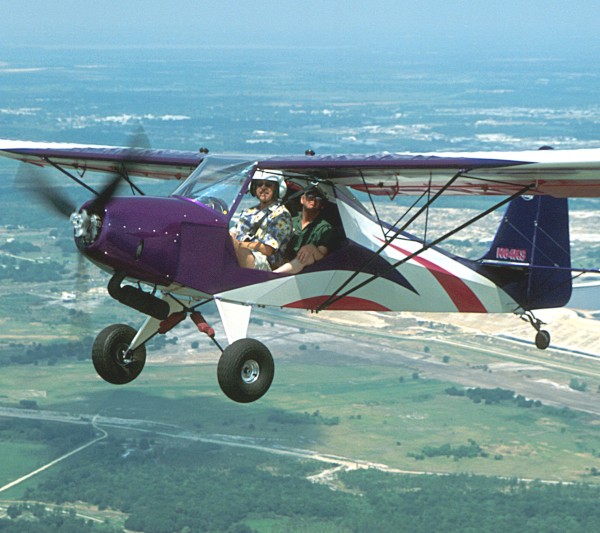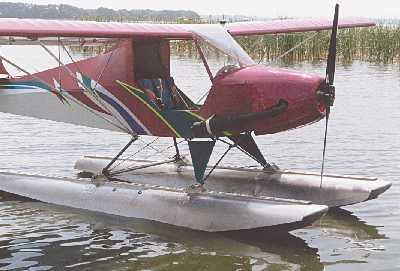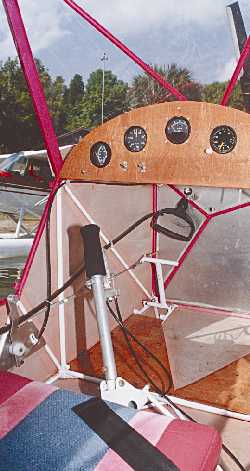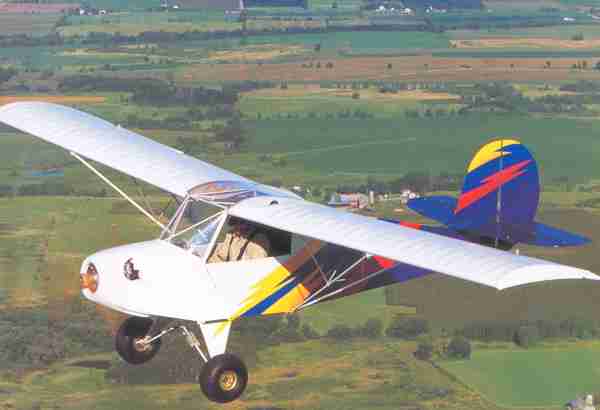
“What took ’em so long,” is the usual comment when one sees the Sky Raider for the first time. Understandably, many viewers incorrectly think they see a single place Kitfox. In fact, the Schraeder brothers used their experience at working for both the Kitfox and Avid Flyer builders when they introduced their single place Sky Raider. The tiny little machine, from the same airfield as the two larger airplane companies, has made its mark successfully reaching 100 sales in a couple years. Sky Raider clearly answers the request of many who were enthusiastic about the Kitfox or Avid but who wanted a lightweight single seater. You need wait no longer. Even with a 447 Rotax to give it loads of power, you can build the Sky Raider into a 103-compliant ultralight assuming you consider the weight of components you want to add. Keep it simple and you’ll be delighted with a highly responsive lightweight performer.


